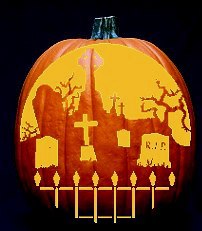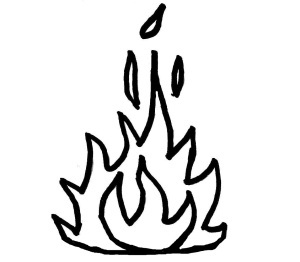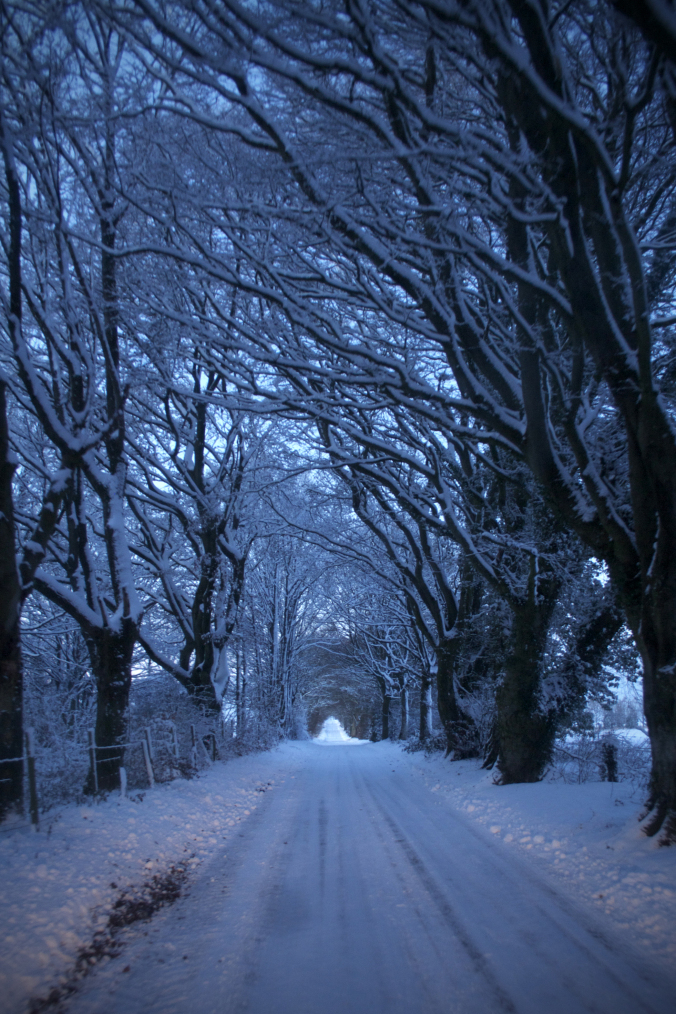
______________________________________________________ “. . . the night of Samhain, when the barrier between the worlds is whisper-thin and when magic, old magic, sings its heady and sweet song to anyone who cares to hear it.”
― Carolyn MacCullough, Once a Witch
______________________________________________________
A Rhyme for HalloweenTonight I light the candles of my eyes in the lee
And swing down this branch full of red leaves.
Yellow moon, skull and spine of the hare,
Arrow me to town on the neck of the air.
I hear the undertaker make love in the heather;
The candy maker, poor fellow, is under the weather.
Skunk, moose, raccoon, they go to the doors in threes
With a torch in their hands or pleas: “O, please . . .”
Baruch Spinoza and the butcher are drunk:
One is the tail and one is the trunk
Of a beast who dances in circles for beer
And doesn’t think twice to learn how to steer.
Our clock is blind, our clock is dumb.
Its hands are broken, its fingers numb.
No time for the martyr of our fair town
Who wasn’t a witch because she could drown.
Now the dogs of the cemetery are starting to bark
At the vision of her, bobbing up through the dark.
When she opens her mouth to gasp for air,
A moth flies out and lands in her hair.
The apples are thumping, winter is coming.
The lips of the pumpkin soon will be humming.
By the caw of the crow on the first of the year,
Something will die, something appear.
A Rhyme for Halloween, from Poems of the River Spirit. © 1996 by Maurice Kilwein Guevara
Maurice Kilwein Guevara (1961 – ) was born in Belencito, Colombia, but his family moved to Pittsburgh when he was two years old. He is a founding member of the National Latino Writers’ Association, and has published four volumes of poetry.
______________________________________________________
I had lots of good music left over after editing last week’s playlist, so I decided not to waste it.
The origins of Halloween are deep in the pre-Christian past, in Samhain, the beginning of the Celtic New Year — and like many other pagan celebrations, it was taken over and re-worked to better fit in with Christian beliefs. From the Celtic New Year, it became the Eve of All Saints’ Day, a clever catch-all to insure that any saints unrecognized by the Church still got their due.
But you can never quite get all the pagan out of a pagan celebration, so we still have bits and pieces of the original, even today.
Here’s some more of my playlist:
______________________________________________________
______________________________________________________
______________________________________________________
______________________________________________________
______________________________________________________
______________________________________________________
______________________________________________________
______________________________________________________
Have you bought the candy yet? Share this:- More





